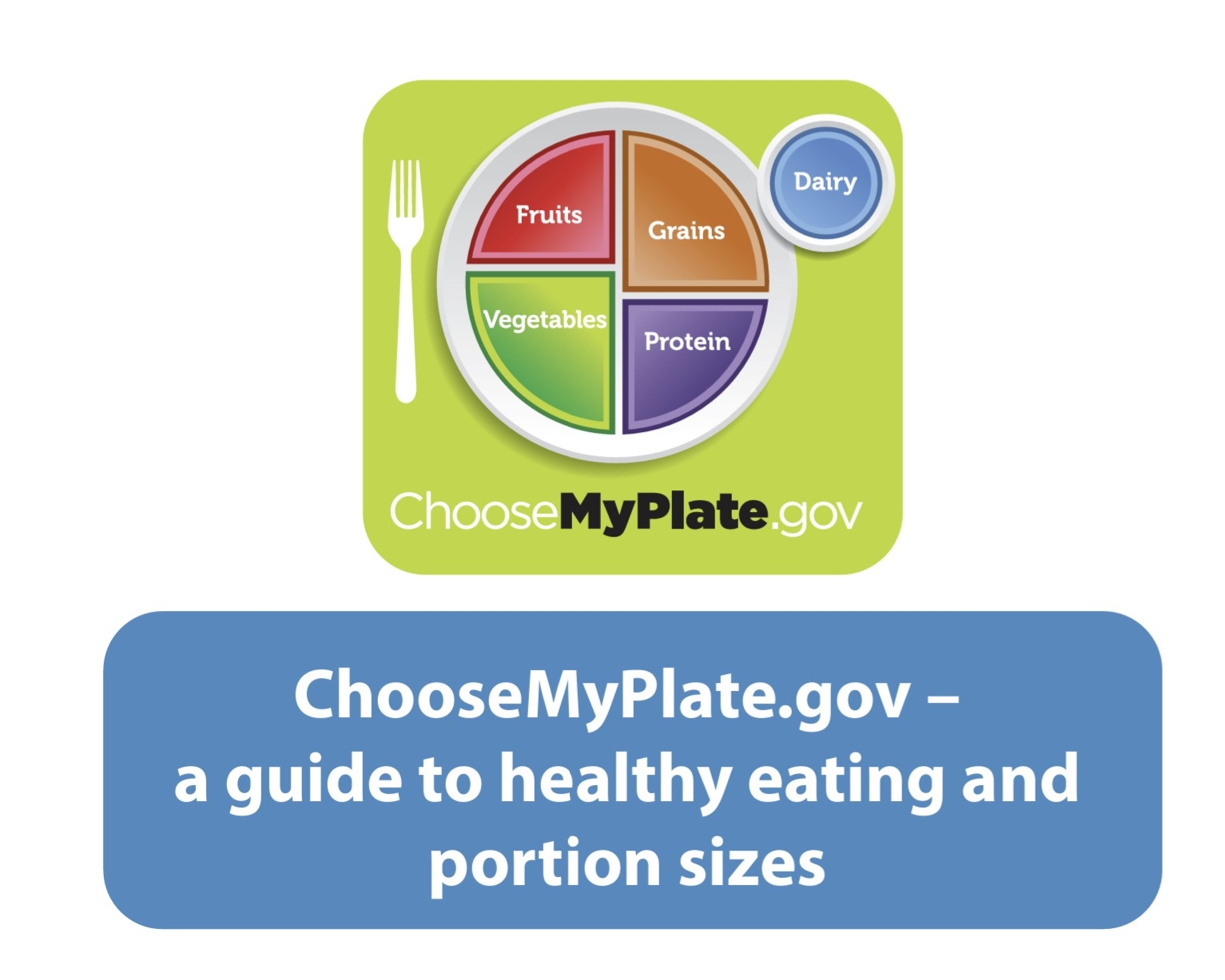Healthy Weights for Healthy Kids: What Is a Healthy Weight?
ID
348-270 (HNFE-916P)
There is no one healthy weight for all children. Chil- dren come in different sizes and shapes. Some chil- dren are naturally petite. Others have bigger builds, larger bones, or greater muscle mass that can result in a heavier weight. They also grow at different rates. Any weight that supports growth, learning, development, fit- ness, and well-being can be a healthy weight.
Why Is Weight Important?
Weight, combined with height, is one indicator of a child’s development and health. Tracked over time, it can help measure if a child is growing properly. For example, if a child is consistently underweight, it may be a sign of not getting enough food or maybe even a nutritional deficiency, which could place a child at risk for illness and poor school performance. Overweight may be a sign of too much food or inadequate physi- cal activity or other concerns. It can also put children at risk for several health and emotional consequences, such as Type 2 diabetes and poor body image.
What Are the Guidelines for a Healthy Weight?
Currently, the body mass index (BMI) is the most common screening tool or measurement to determine underweight, ideal weight, overweight, and obesity for children and adults. The BMI is a standardized measurement calculated by dividing weight by height squared (in kg/m2). It is expressed as a single number, such as 22.0.
BMI is used differently for children than for adults. For children and adolescents, BMI for age is plotted on gender-specific growth charts developed by the Centers for Disease Control and Prevention. These charts track your child’s BMI in relation to those of other children of the same gender and age. By following your child’s BMI over time, physicians and other health profession- als can monitor changes, such as growth spurts, and determine a course of action, if needed.
Each chart contains curved lines showing specific per- centiles. The percentiles in the table below are used to identify underweight, overweight, and obesity among children ages 2 to 18.
Just because a child falls between the 5th and 85th percentiles does not mean that the child is at a healthy weight (or eating well and getting enough physical activity). Again, a healthy weight is determined on a child-by-child basis and over time. If you are con- cerned, consult a physician or registered dietitian with your questions.
For more information on BMI, visit www.cdc.gov/healthyweight/assessing/bmi/childrens_bmi/about_ childrens_bmi.html.

What Are The Factors That Determine Weight?
Body weight is determined by several factors, including genetics, diet, and physical activity. There is little or nothing that can be done about genetics, but diet and physical activity can almost always be improved. Main- taining a healthy weight in childhood is about balanc- ing what kids eat and drink with how much energy they use for growing and moving. For a parent, child care provider, or teacher, it is about making sure the child eats smart and moves more.

What Should My Child Eat to Maintain a Healthy Weight?
Serve plenty of whole grains and colorful fruits and vegetables to children. Limit high-fat and high-sugar foods and drinks, such as french fries, cookies, fruit juice or fruit drinks, and soft drinks, like soda or sweet tea. Offer smaller portion sizes. Children eat more if given big portions. Do not restrict calories for a child unless instructed by a dietitian or physician.
Healthy eating can be as simple as following MyPlate. MyPlate uses a familiar image — a place setting for a meal — to illustrate the five food groups that are the building blocks for a healthy diet. To learn more about building a healthy plate, visit www.choosemyplate.gov.

What Counts As Physical Activity?
Children should move or be physically active for a minimum of one hour every day. Sedentary activities like watching TV and DVDs, playing video games, and using the computer should also be limited to less than two hours a day. The American Academy of Pediatrics recommends that these types of activities be informa- tional, educational, and nonviolent. Also, televisions, computers, and video games should not be in a child’s bedroom.
Physical activity can include almost any type of movement or activity. Simple activities include walking and taking the stairs. More vigorous forms include jumping rope, playing soccer, and swimming. Even dancing and playing tag qualify as physical activity. The important thing is for children to have fun and to look forward to it.

Where Can I Get More Information?
If you have any questions or concerns about your child’s weight, consult your physician or a registered dietitian. They can work with you to determine if your child is at a healthy weight and advise you on how to proceed if there are concerns.
Virginia Cooperative Extension offers educational and cooking classes on food, nutrition, and health for par- ents, child care providers, and children. Visit the Virginia Cooperative Extension website at www.ext.vt.edu to locate your nearest Extension agent or program assistant for more information on food, nutrition, and health programs and resources.
For more information on this topic, read the following related Virginia Cooperative Extension publications:
What Should I Do if My Child Is Overweight? – http://pubs.ext.vt.edu/348/348-273/348-273_pdf.pdf
What Should I Do if My Child Is Underweight? – http://pubs.ext.vt.edu/348/348-271/348-271_pdf.pdf
What Should I Do if My Child Has a Poor Body Image? – http://pubs.ext.vt.edu/348/348-272/348-272_pdf.pdf
Virginia Cooperative Extension materials are available for public use, reprint, or citation without further permission, provided the use includes credit to the author and to Virginia Cooperative Extension, Virginia Tech, and Virginia State University.
Virginia Cooperative Extension is a partnership of Virginia Tech, Virginia State University, the U.S. Department of Agriculture, and local governments. Its programs and employment are open to all, regardless of age, color, disability, sex (including pregnancy), gender, gender identity, gender expression, national origin, political affiliation, race, religion, sexual orientation, genetic information, military status, or any other basis protected by law
Publication Date
February 19, 2020



